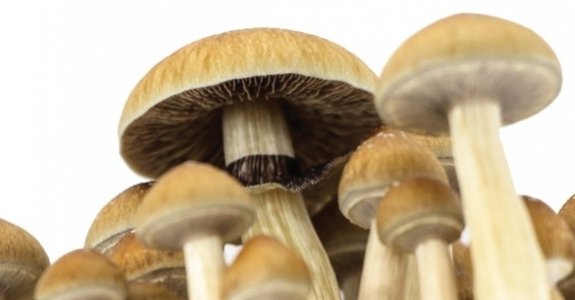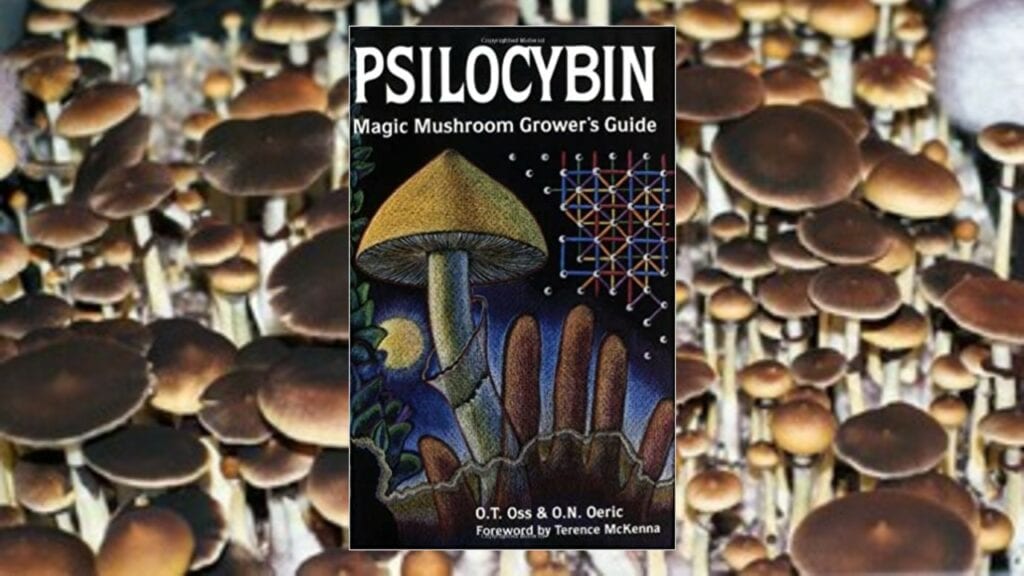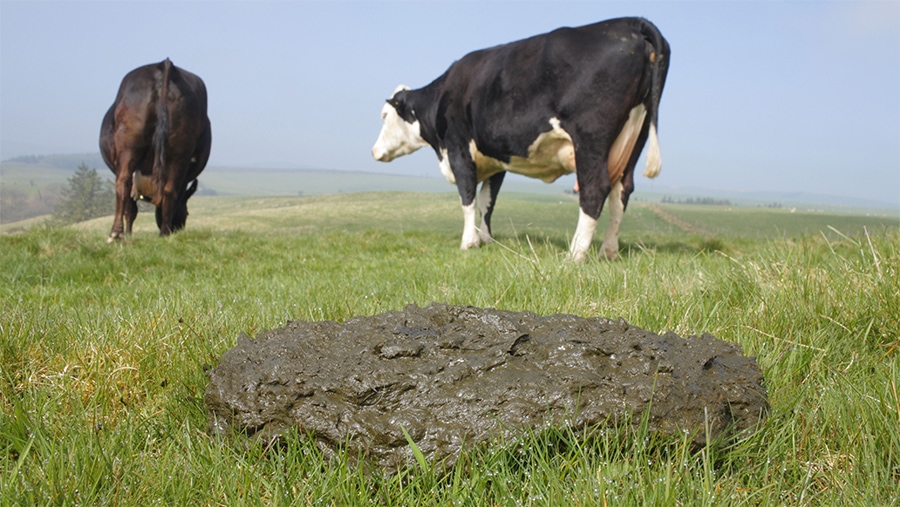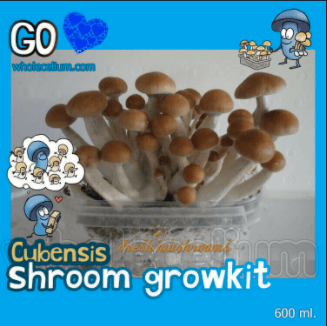The reason for their ubiquity is that P. cubensis grows both widely and easily. As well as being prevalent in tropical and sub-tropical climates, P. cubensis is known to be the easiest magic mushroom to grow at home, especially for beginners.

Unlike some strains, they are robust and adaptable, undisturbed by small fluctuations in their environment that might deter more sensitive shrooms. Like we said, perfect for beginners who may still be honing their technique. This quality was brought to light in the 1970s by brothers, and psychonauts, Terence and Dennis Mckenna when they released essential shroom literature ‘Psilocybin: The Magic Mushroom Grower’s Guide’ following their return from the Amazon rainforest. The brother’s endorsement of these golden shrooms as easy-growers cemented their fame.

Where and When?
As we’ve already mentioned P.cubensis has spread all over all the world due to its easy cultivation. However, in the wild, it both originates from, and grows in, tropical and subtropical climates. It is prevalent in South America, its homes including Columbia, Peru, Venezuela, Argentina and Ecuador. You can also find it in Australia, Cambodia, India and Thailand. Basically, anywhere with grasslands which also boasts a humidity above 85%. You may have thought ‘cubensis’ was a clue to this mushroom’s origin story. True, the first specimen to be officially catalogued was found in Cuba, and ‘cubensis’ literally means ‘coming from Cuba’ but the shroom itself is not native to the country. Confusing huh?
Another MUST for P.cubensis presence is animal dung. ‘Large herbivore’ dung to be precise. Infact, so intertwined is the shroom with cow dung, it is thought that it was probably spread across continents by cattle farmed from India (as it is not actually native to the Americas in which it thrives). Additionally, Terrance Mckenna’s entire ‘Stoned Ape Theory’ derives from the idea that early humans followed around cattle —either as prey or for early agricultural efforts— and thus encountered P. cubensis growing happily in their dung.

Humidity + grass + animal dung = a psychedelic shroom that will fruit easily for the majority of the year.
Look-Alikes
Luckily P.cubensis does not have a whole load of doppel-gangers it could be confused with. However, cases of mistaken identity are still very possible if you do not know what you are looking for. The mushroom P.cubensis is most often mistaken (in the US at least) for the poisonous Chlorophyllum molybdites (also known as Green-Spored Lepiota or the Green-Spored Parasol or the ‘vomiter’ ? ) which can cause violent illness. With foraging for shrooms, even well known and relatively common ones, there always remains a risk. This is why we recommend our grow kits which are available in various strains of Psilocybe cubensis— no look-alikes or mistaken identity possible!
Nicknames
Like any celebrity, P.cubensis has many nicknames. As it is the most common of the Psilocybe genus it is often just referred to as ‘shrooms’ or ‘magic mushrooms’. More specifically though it can go by: ‘golden tops’, ‘gold cap’, ‘cubes’ or even ‘the Mexican Mushroom’, among many others!
Strains
Another, of the many, reasons why P.cubensis is so special is that it has strains of its own, each of a different character! Five worth noting are:
Golden Teacher: so named for its beautiful golden hue, and the philosophical insights that derive from taking it.

B+: this strain is big and strong, needing relatively little care when cultivating at home, making it a favourite for growers. Gives moderate and warm visual/spiritual trips.
Mckennaii: named, of course, after Terance Mckenna, this is on the stronger scale for P.cubensis. Known to produce deep, self exploratory trips and strong visuals.
Mazatapec: these shrooms are known to grow a little slower, but are worth the wait, delivering a spiritual high.
Ecuadorian: these hardy mushrooms grew tough in the highlands of Ecuador— their original home. They are loved by psychonauts as they gift a very spiritual high, focusing on the mind rather than the body.
(There are many other fascinating P.cubensis strains we haven’t mentioned, check them out!)
Vital Stats: How to Spot This Shroom!
To identify a Psilocybe cubensis, check out the following:
Cap: Large— up to 10cm. Bell shaped when immature, becoming convex when it matures. The skin is smooth when dry, becoming slimy (or viscid) when wet. The colour can range greatly around its famed golden hue; from creamy, to yellow, to cinnamon-brown. Blue-green when bruised.
Gills: close at the rim of cap, getting broader towards the stem. Pale grey in immaturity, becoming purple to black with age.
Spores: elliptical (oval) in shape with thick walls. Produce a dark purplish-brown spore print.

Stem: (or stipe) between 4-15cm long and 0.5- 1.5cm thick, though can get thicker towards the base. Smooth and white, occasionally with yellow-brown tint. Blue-green when bruised.
Taste and Smell: The taste and smell of the Psilocybe cubensis is described as farinaceous which means ‘containing starch’. Apparently similar to freshly ground flour.
Can I eat it? : It is edible, but hallucinogenic. Proceed with caution
Find it: In humid grasslands where cattle and other herbivores roam.
When: if the conditions are right, almost all year round.
Family: Hymenogastraceae
Genus: Psilocybe
Species: cubensis






